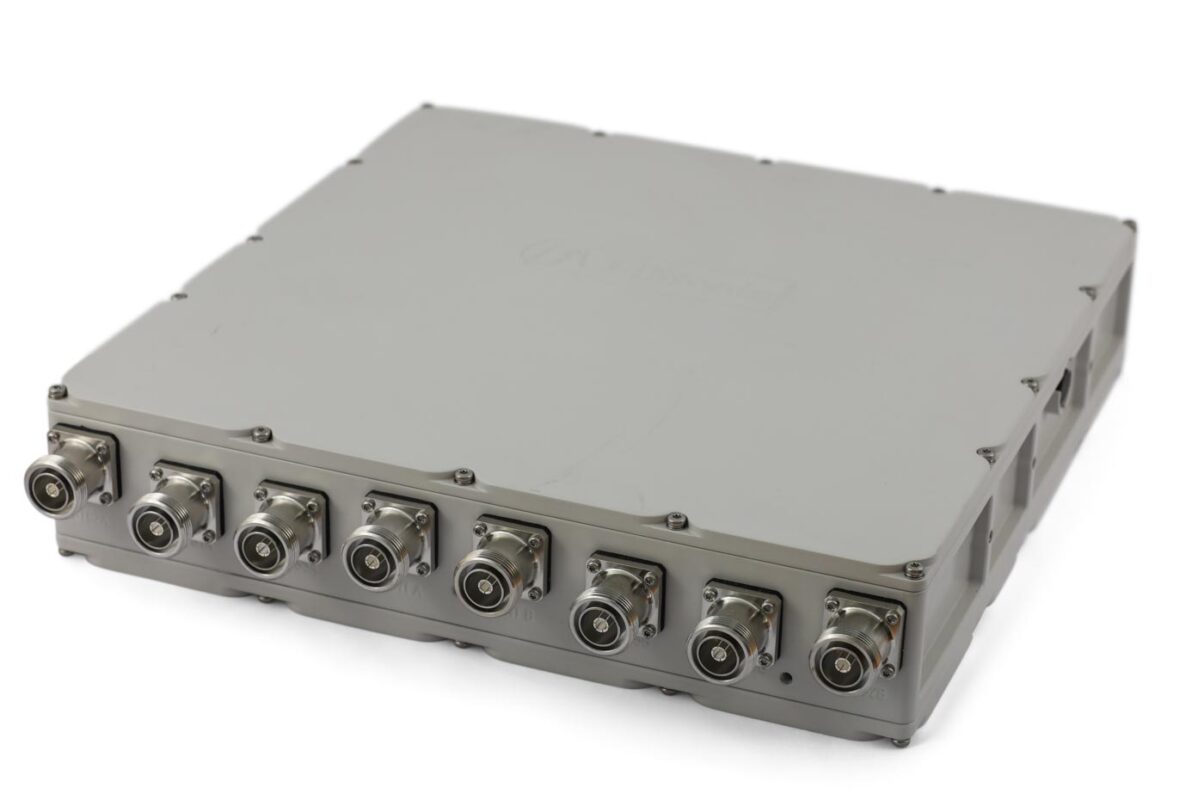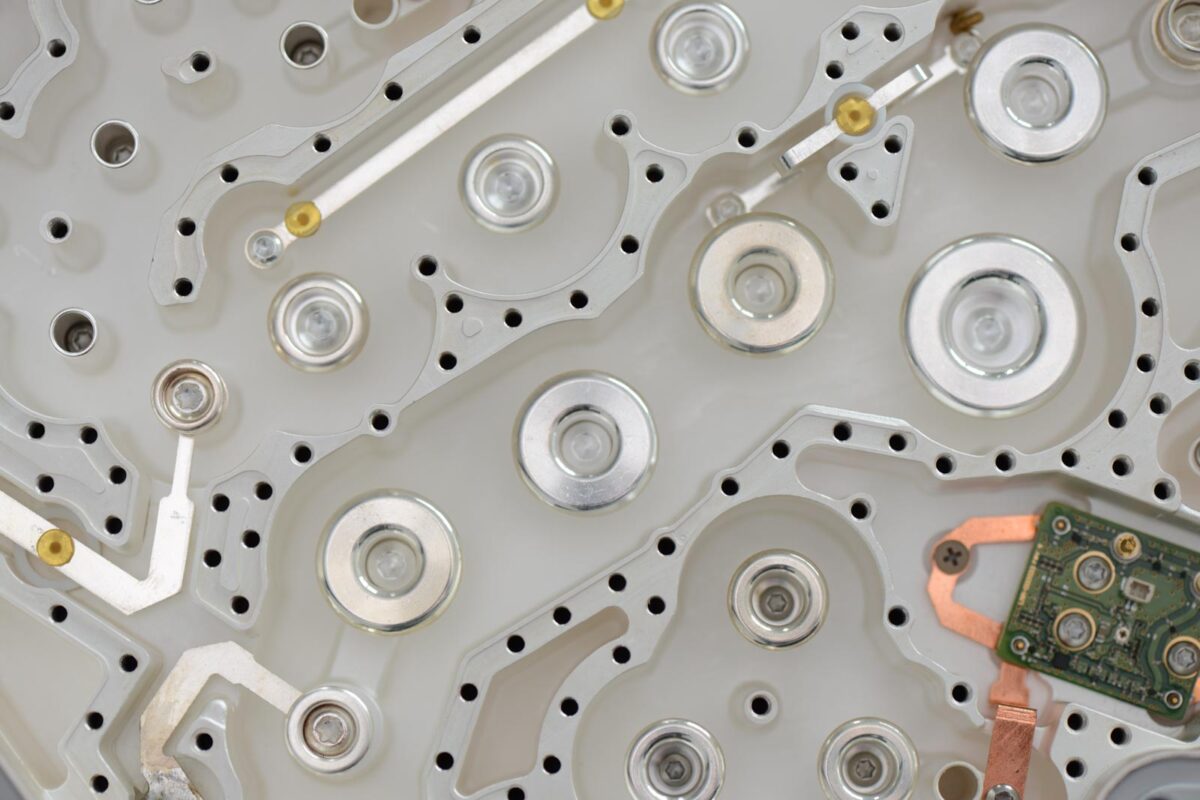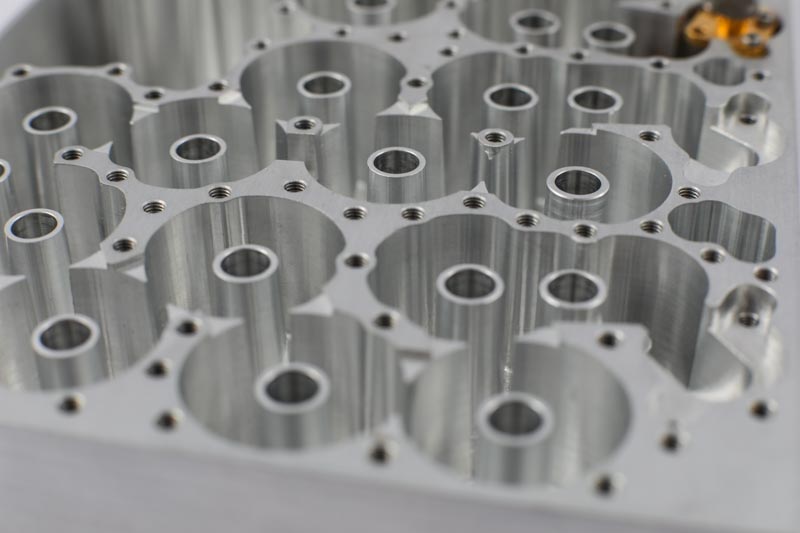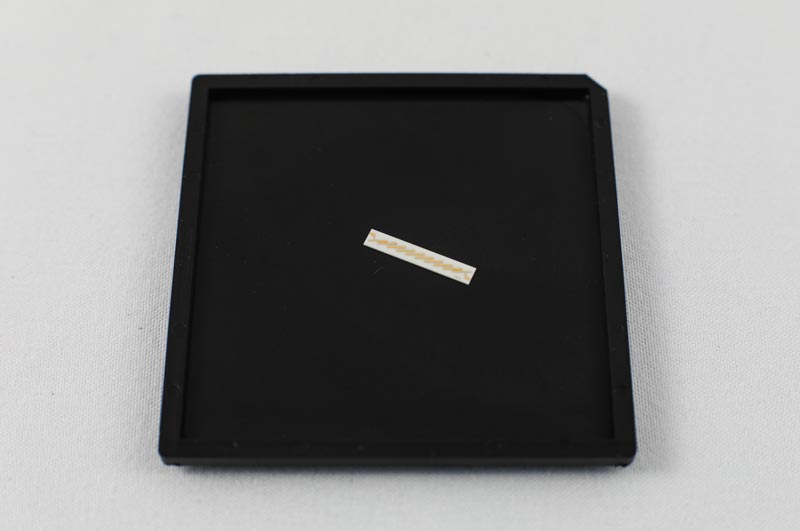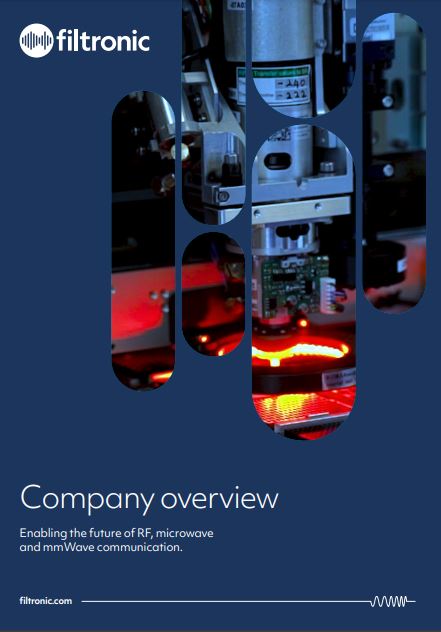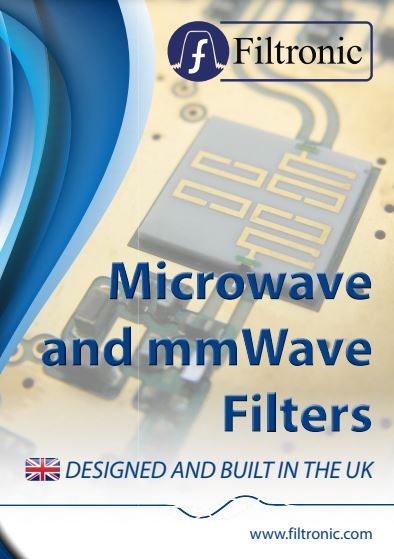Custom filters
0-110GHz
Designer and manufacturer of high performance RF filters
Filtronic produces a range of filters, including metal cavity filters, ceramic, combline, interdigital, lumped element, suspended substrate, waveguide and thin-film.
An RF Filter can be either an active or passive electronic component and is designed to operate in the KHz to THz frequency range. It either allows or prevents a signal to be transmitted or received. There are generally four functions of a filter which includes; Band Pass – Which allows only a selected band of frequencies, Band Stop – Which prevents certain frequency bands Low Pass – Which enables signals below a certain frequency to pass or High Pass – Which enables signals below a certain frequency to pass. Filtronic designs custom microwave filters up to 110GHz. Our custom filters products include metal cavity filters, ceramic, combline, interdigital, lumped element, suspended substrate, waveguide and thin-film filters. We are experts in filter topology, offering rapid prototyping and reduced development cycles.
Custom filters key facts
- Key component in high performance wireless technology
- Range of environmental conditions
- Medium to extremely high frequency – MHz to GHz
- Bespoke designs, working to a customer’s form factor
Custom filters features
- Experts in SWAP reductions
- Range of environmental conditions
- Material expertise
- Specialists in all forms including Low Pass, High Pass, Band Pass and Band Reject Filters
Get a quotation or ask a question
Get in touch and a member of our technical sales team will be able to give you a personalised quotation
Product description
Filtronic has extensive knowledge and expertise in the design, development and production of custom filters that dates back to 1977.
Our custom filters products include metal cavity filters, ceramic, combline, interdigital, lumped element, suspended substrate, waveguide and thin-film filters. We are experts in filter topology, offering rapid prototyping and reduced development cycles.
Our team of highly experienced engineers work with customers to ascertain optimum technologies dependent upon specific filter requirements, e.g. size, response, power handling, insertion loss and rejection. We are experts in solving complex filter challenges, such as narrow guard band, tight rejection specs or close-to-the-pass band. We understand filter topology and can work with the perfect technology for each challenge, while offering rapid prototyping and reduced development cycles.
Popular news, articles and white papers
- Pushing the boundaries in LEO applications – Filtronic expands presence in satellite communications market
- Filtronic launches into the future, securing a Strategic Partnership with SpaceX for Starlink constellation
- Filtronic cements position in LEO market with a new follow-on contract for Cerus 32
- Filtronic awarded £4.5 million contract with BAE Systems
- Filtronic wins a new radar contract from Defence Prime
- Filtronic releases highest power (>20W), commercially available E-band solid-state power amplifier (SSPA) on the market
- Filtronic strengthens its position within the E-band low Earth orbit market with second-generation Cerus 32 power module
- Filtronic secures $9 Million order to boost SpaceX’s Starlink deployment with advanced E-band SSPAs
- Unveiling the future of E-band
- Filtronic ushers in new leadership era with CEO Nat Edington
- UK RF manufacturer contributes to ‘fibre-in-the-sky’ low Earth orbit network
- Filtronic wins “Manufacturer of the Year” at the prestigious annual Elektra Awards
- Hercules takes off in markets with a need for speed.
- Filtronic win major contract with European Space Agency’s ARTES programme.
- Filtronic secures second ESA project in six months.
- Scaling up semiconductor manufacturing for new-space applications
- A close shave: 5G to the rescue
- RF specialist selected for Defence Technology Exploitation Programme.
- Designing for the future
- The RF spectrum is not infinite – Ensuring RF spectrum sustainability amidst soaring demand

